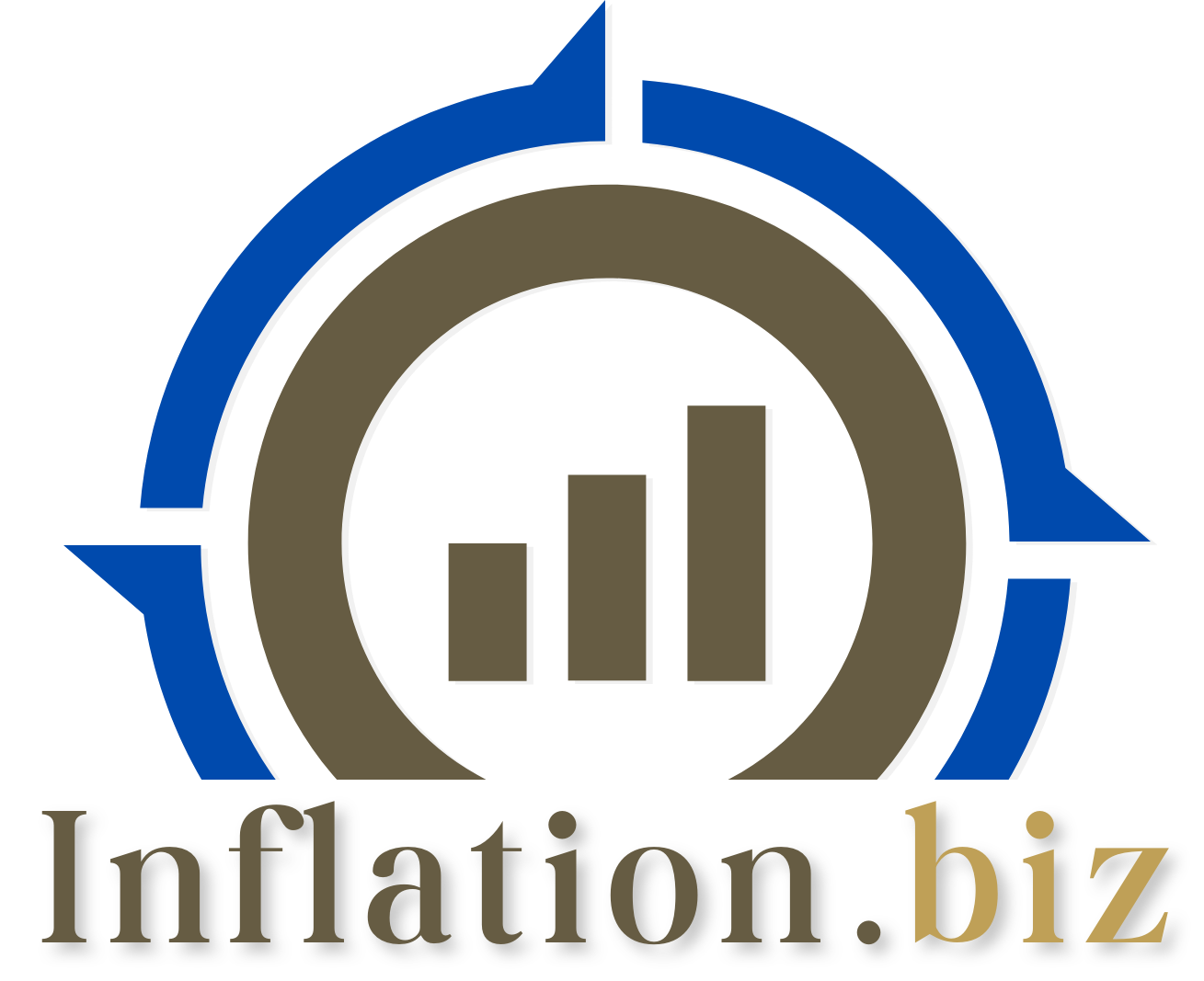Inflation and unemployment are two of the most important economic indicators, and when it comes to running a successful business, understanding their relationship can be essential. It’s no secret that high unemployment often coincides with low inflation, but what causes this correlation? Let’s take a look.
The Role of Demand in Inflation and Unemployment
In general, when demand is strong, businesses tend to increase wages in order to attract more workers. This increases the overall demand for goods and services which leads to an increase in prices (inflation). As demand weakens or falls off, businesses have less money to pay higher wages, so they reduce their costs by laying off workers. This reduces overall demand for goods and services which leads to a decrease in prices (deflation).
The Phillips Curve
The Phillips Curve is an economic theory that explains the inverse relationship between inflation and unemployment. The theory states that when inflation is lower, unemployment tends to be higher; conversely when inflation is higher, unemployment tends to be lower. While there are some exceptions—such as during periods of rapid technological change—the Phillips Curve has held true since its development in 1958.
Implications for Business Owners
The relationship between inflation and unemployment affects nearly every aspect of running a business. If you’re a small business owner who relies on employees for day-to-day operations, understanding the effects of inflation on your workforce can help you make better hiring decisions down the line. Likewise, if you’re looking to raise prices or expand your product offerings due to increased demand from consumers, understanding how rising prices can affect employment rates can help you determine how best to manage your resources while still keeping customers happy.
In summary, it is clear that there is an inverse relationship between inflation and unemployment—when one rises, the other falls —and understanding this dynamic can be critical for small business owners who want to stay competitive in today’s economy. With knowledge of both macroeconomic trends as well as microeconomic ones such as pricing strategies or labor costs, you will have a better sense of how best to manage your operations going forward no matter what changes may come about in the future.

Recent comments